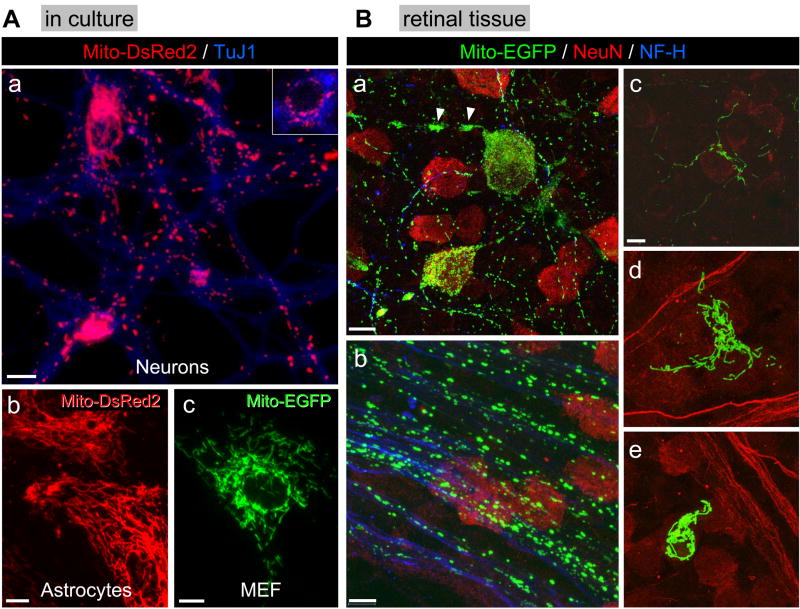Figure 1. Mitochondrial morphology in neurons and non-neuronal cells in vitro and in vivo.
A) Primary cultures of (a) postnatal mouse cortical neurons, (b) postnatal mouse cortical astrocytes and (c) mouse embryonic fibroblasts (MEF) were infected with lentivirus expressing mitochondrially targeted EGFP (10 MOI) or DsRed2 (10 MOI) 24 hr after plating. Cells were fixed 48 hr after infection. Neurons in (a) were immunostained for β-tubulin III (TuJ1 antigen), a neuronal marker. The gamma factor for (a) was set at 0.4 using Slidebook software in order to bring up the MitoDsRed2 fluorescence intensity in the neurites. An inset using a lower fluorescence intensity depicts mitochondrial morphology in the soma of neurons. Scale bar (a–c) = 10 μm. The images are representative of four independent experiments.
B) Mito-EGFP lentivirus (5×103 TU) was injected into the posterior chamber of the eye where it was taken up by several cell types. (a) NeuN-positive retinal ganglion cells expressing Mito-EGFP show small, punctate or tubular mitochondria well-dispersed throughout the neuronal architecture including the cell soma. An exception is seen in the axon initial segment where mitochondria tend to aggregate and form clusters of EGFP-positive mitochondria (arrowheads: see Supplemental Figure 2 for more detail). (b) Retinal ganglion cell axons immunopositive for neurofilament-200 (NF-H) chain, an axonal marker, show a wide range of EGFP-positive mitochondrial morphology. The larger puncta may represent individual or clusters of mitochondria. (c) NeuN-negative cells present in the nerve fiber layer, above the retinal ganglion cells, also display highly elongated mitochondria. (d) A NeuN-negative cell in the retinal nerve fiber layer has large numbers of elongated mitochondria. (e) Another NeuN-negative cell, possibly a macrophage, also has a large concentration of EGFP-positive elongated mitochondria. The images are representative of three independent experiments. Scale bars: 20 μm in (a), 10 μm in (b–e). Note: in (d) and (e), neurofilament-200 staining is also presented in red, not in blue, together with NeuN staining.

